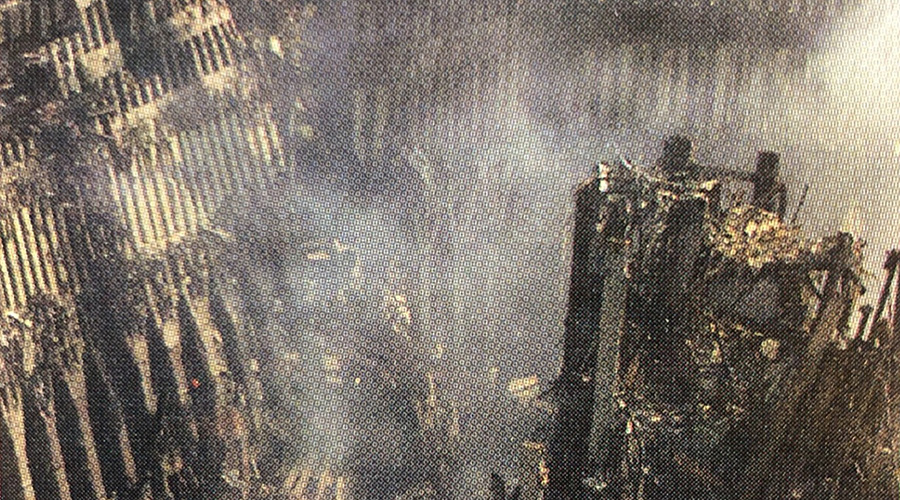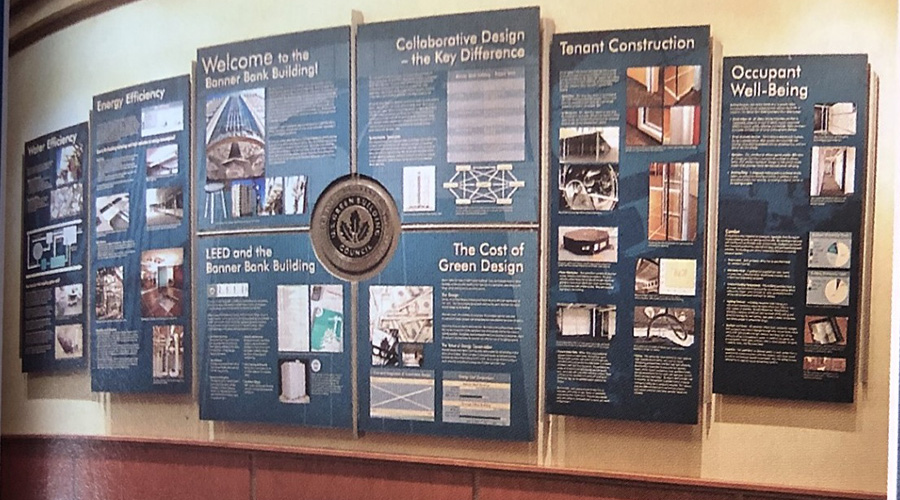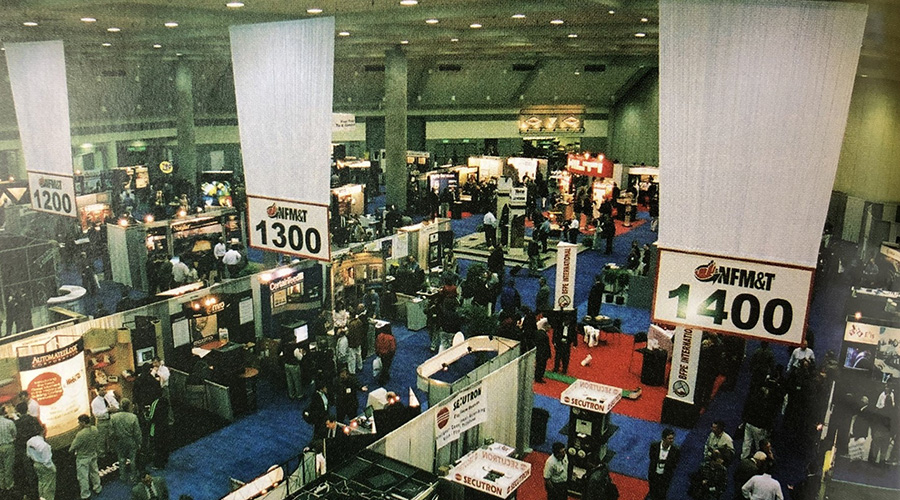Facility Management in the 2000s: Security and Green

While the environment initially took a backseat to security after 9/11, facility managers soon embraced LEED
All year we’ve been celebrating Building Operating Management’s 70th anniversary by covering each decade. Check out the 1950s, 1960s, 1970s, 1980s and 1990s. Now we look at the 2000s.
The 2000s started with tragedy and ended in hard times. But in the years between, facility managers were able to shine thanks to a flourishing interest in the green movement.
This decade will forever be defined by the horrific events of Sept. 11, 2001. The terrorist attack on the Twin Towers and Pentagon once again put security on top of building owners and facility managers’ to-do lists.
“Everybody feels more vulnerable now. It’s not just people in New York or not just people in tall buildings,” said Carl Baldassarra, president of Schirner Engineering, in a 2001 article.
In the aftermath of the terrorist attacks, building owners and facility managers re-evaluates the vulnerability of their facilities, along with the structural integrity and security measures. Public areas like lobbies and parking garages received extra scrutiny. Properties added turnstiles, metal detectors and bag screening to check visitors and occupants. Outside, bollards and planters increased standoff distance for law enforcement.
In addition, emergency response plans, including evacuation procedures and communication during the event, were established or improved at facilities nationwide. Even the HVAC system received attention following a potential anthrax scare and the threat of chemical or biological attacks.
To help prevent a repeat of the tragedy, the National Institute of Standards and Technology (NIST) released a report outlining 30 recommendations for increased structural integrity, fire resistance, building evacuations, emergency response, and others, based on the work of 200 investigators. Some of these recommendations were quickly adapted into codes and standards.
With the nation focused on security, the federal government under President George W. Bush pushed environmental concerns to the backburner. The country backed out of the Kyoto agreement on climate change and funding for the Department of Energy’s efficiency programs was severely cut.
Despite the challenges, green initiatives remained a top priority during these years for facility managers. Rolling blackouts across the country and the ever increasing price of oil and energy during the decade pushed more facility managers to invest in sustainable initiatives.

In 2000, the U.S. Green Building Council officially launched its LEED rating systems. Three years later, it added LEED-EB for 4.5 million existing buildings, which provided specific guidelines for continuous improvement in operations and maintenance. More ratings followed, such as LEED for New Construction and LEED for Commerical Interiors. In less than 10 years, 800 projects earned LEED certification and another 4,600 were registered to pursue certification.
“LEED offers us a certified green building, using a scorecard that everyone plays by,” said Brian Conner, national project development manager for Toyota in a 2002 article.
While LEED is used for the entire facility, picking the right products that make up the point system could be confusing as it’s not always clear which ones are environmentally friendly. Without third-party verification, it can be easy to “greenwash” and make up claims for easy marketing. Green certifications or ecolabels such as GreenGuard, Green Seal and Energy Star populated the industry to put purchasers at ease.
“The green certifications give purchasers confidence that the product really completes all the environmental issues expected,” says Steve Ashkin, president of the Ashkin group in a 2005 article.
The election of President Barack Obama in 2008 reversed the government’s focus regarding the environment and climate change. It was perfect timing, too, considering that according to a Gallup poll that same year, 61 percent of the respondents believe global warming had already started. It’s the highest percentage with that opinion since the poll began in 1997.
In addition to making their facilities more environmentally friendly, facility managers during this decade were focused on ensuring the safety of building occupants. While 9/11 demonstrated the threat of terrorism, emergency response plans also needed to address natural disasters, spotlighted by Hurricane Katrina in in 2005, and pandemic preparedness with bird flu in 2006 and again with swine flu in 2009. Although swine flu did infect humans, the pandemic would be minor compared to COVID-19 just a decade later.

With so many issues challenging facility managers, Building Operating Management looked for another outlet besides print and the Internet to educate readers. The magazine, along with other publications at Trade Press Media Group, was a key driver in the formation and success of the NFMT conference and trade show in Baltimore in 2001. Never before had an industry event brought the diverse team of facility management players together like NFMT did for a unified experience. More than 2,300 professionals attended the new conference, checking out products from 250 exhibitors.
During the decade, a new facility type gained prominence in the industry: data centers. The vast amount of information streaming around the world, including music and video downloads, meant data centers consumed more power than some states.
“The ultimate mission of data centers and other critical facilities is to deliver high levels of uptime. The critical facilities…raise issues that are very different from conventional facilities,” wrote editor Ed Sullivan in a 2007 article.
Building Operating Management launched the Critical Facilities quarterly special report in 2007 to help facility managers in these buildings with their unique challenges. The report lasted for about 15 years and generated its own national conference.
Despite the triumphs of facility managers during these years, unfortunately, the 2000s came to a close on a sour note. The Great Recession of 2008-2009 put all facilities through troubled economic times and as a result, facility managers faced shrinking budgets and smaller staff sizes as they entered the next decade.
By Dan Weltin, Editor-in-Chief
Dan Weltin is the editor-in-chief for the facility market. He has more than 20 years experience covering facility management related issues.
The post "Facility Management in the 2000s: Security and Green" appeared first on Building Operating & Management

